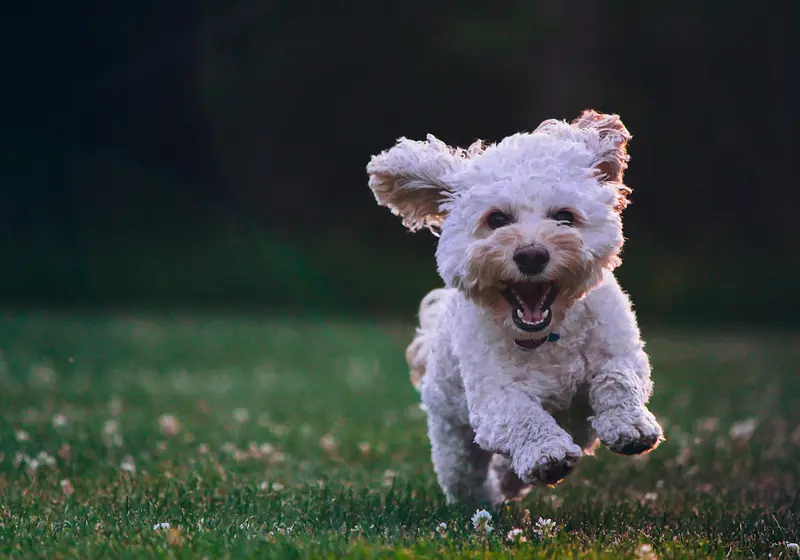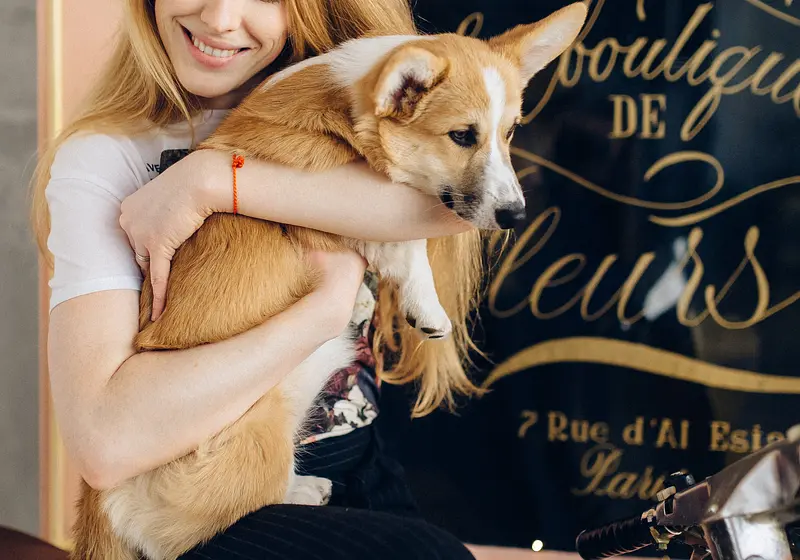As one of the earth's most varied species, dogs come in all shapes and sizes, from fluffy to no fur and from small enough to sit in your lap to taller than a toddler! However, the variation in dogs is no accident. The wide variation in dogs is in part due to the needs of humans.
The Saint Bernard was bred to be a search and rescue dog for skiers in the Alps. The Papillon was bred as a status symbol for the affluent. Throughout history, dog breeds and the needs of humans have been closely correlated, and to delve into the history of this relationship is fascinating!
However, as technology has advanced, the need for dogs to work for humans has decreased. Although dogs could have been wiped off the earth due to the lack of demand for them, the role of dogs shifted from workers to companions. Today, in many parts of the world, dogs are used as comforts in homes.
Today, their daily tasks include going for walks, playing in the park, and snuggling with their owners. However, knowing the history of dogs helps us appreciate their roles throughout history and have a better admiration for them today.
Let us slide into your dms 🥰
Get notified of top trending articles like this one every week! (we won't spam you)Chow Chow
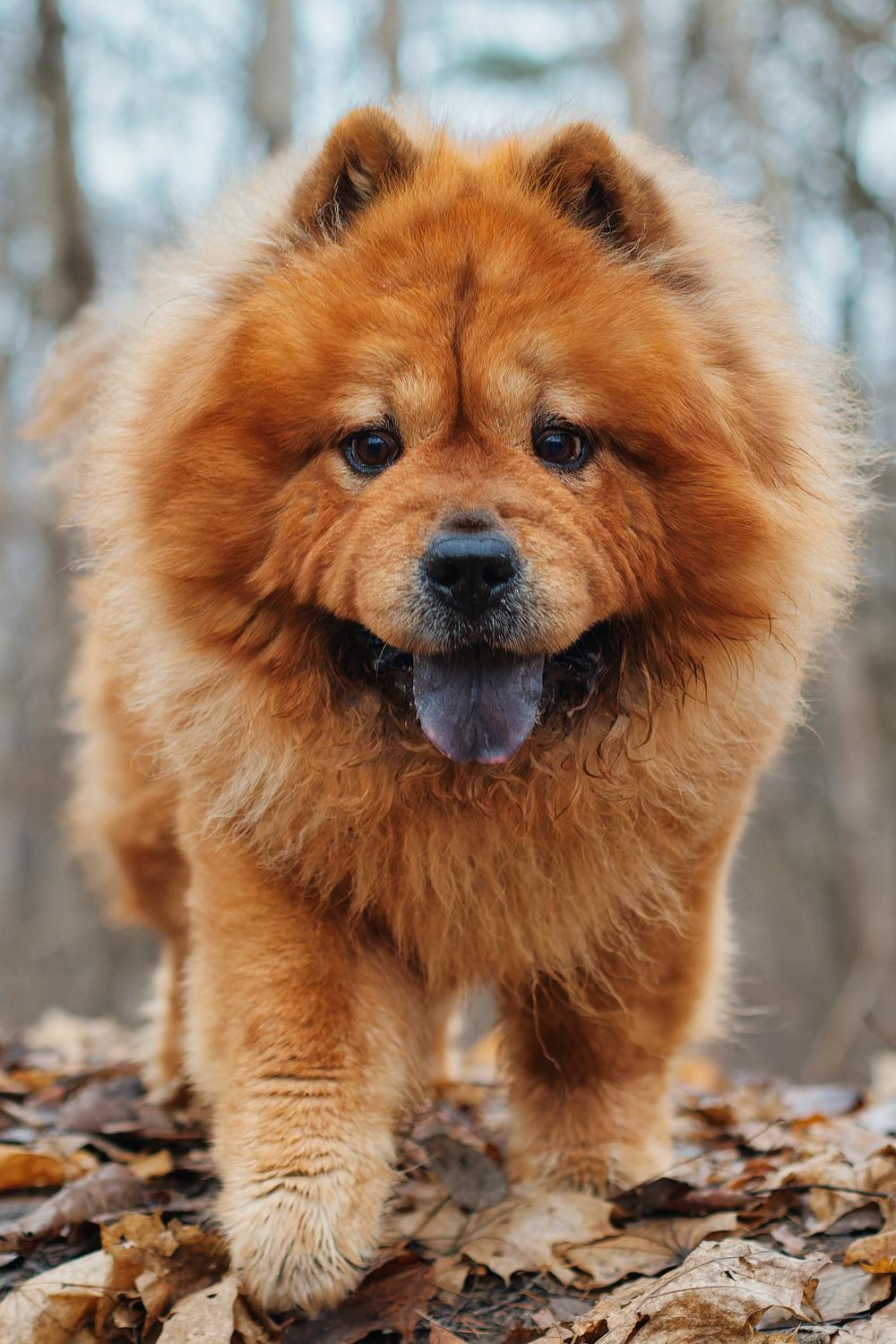
Image Credit: Photo by Lukasz Rawa on Unsplash
Known for its signature black tongue, the chow chow is believed to be one of the oldest dog breeds still around today. Evidence has been found of chow chows dating back to the Han dynasty of China- around 206 BC to AD 220. However, some think the dogs first appeared even farther back, above China, in the northern Asian Arctic. They were highly prized Asian dogs, as they were used as models for the lions outside some Buddhist temples.
Regardless, it is undisputed that chow chows were bred to have a thick coat. Born to withstand cold conditions, Marco Polo wrote of seeing dog sleds driven by chow chows. They were used as hunting dogs, guard dogs, and their fur was used to trim the coats of the affluent ancient Chinese. One Chinese emperor was said to have kept 2,500 chow chows!

Take the Quiz: Which Bruno Mars Jam Matches Your Vibe?
Find out which Bruno Mars hit perfectly captures your unique style and energy!
Great Dane
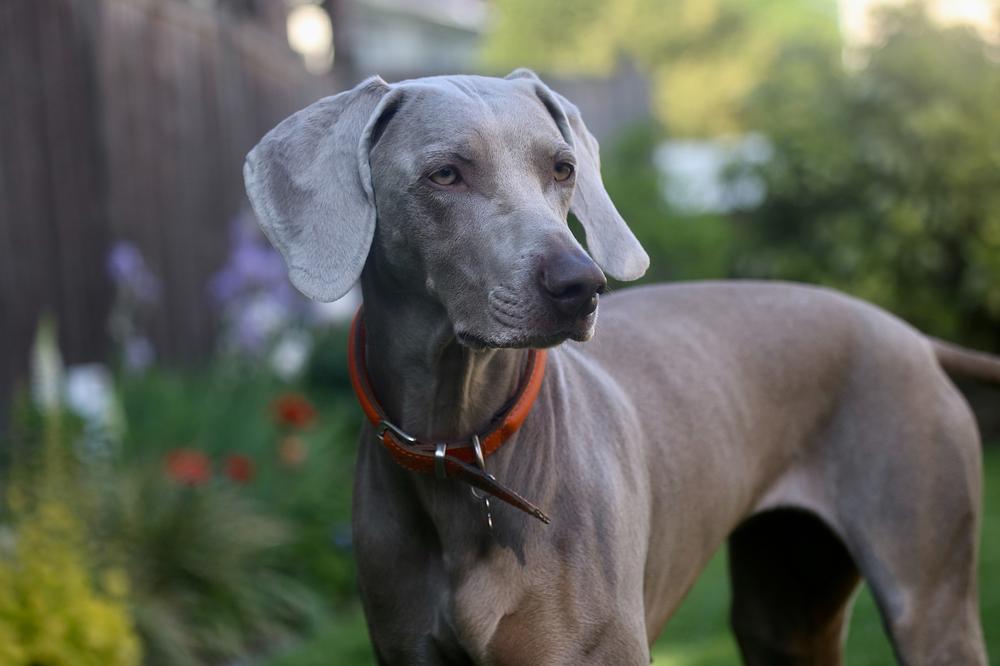
Image Credit: Photo by Nathalie Spehner on Unsplash
Of German descent, the Great Dane descended from mastiff-like dogs bred by upper-class Germans to protect their estates and hunt boar. In 1876, Germans declared the "Deutsche Dogge" to be the national breed. A true German symbol, Otto Von Bismarck kept Great Danes as bodyguards.
Additionally, in the early stages of the Great Dane, the English crossed more primitive Danes with Greyhounds to eliminate less desirable characteristics, such as poorly placed tails and unleveled toplines. Like other breeds, as the Greyhound has been bred increasingly, the natural savage nature has been calmed, and the dogs have become more tame.
However, other nations were involved in creating the modern Great Dane. The French first called the dog "Grand Danois," which means Great Dane. The name has stuck over the years, and in many English-speaking countries and France, the "Apollo of Dog Breeds" is the Great Dane!
Saint Bernard
The Great St Bernard Pass stands at an altitude of 2,469 meters in the Swiss Alps. This pass was notorious for being extremely dangerous- not only for the uneven terrain but for the threat of bandit attacks. Around 1050, Priest Bernard du Mont-Joux decided to amend this issue by building the Great St Bernard hospice- a dual hospital and church.
The St Bernard dog lived on-site at the Great St Bernard Hospice, originally bred to protect those seeking asylum there. However, the dog began demonstrating a talent for locating people buried under snow and rescuing those lost in the mountains. Thanks to detailed historical documents, we can learn much about these early triumphs of the early "paw patrol."
These dogs would often go out in pairs. Upon locating a traveler, one dog would stay with him to keep him warm, while the other would leave to alert the monks of the traveler's peril. The Saint Bernard rescue teams are credited with over 2,000 lives saved in the Swiss Alps, including men, women, and children!
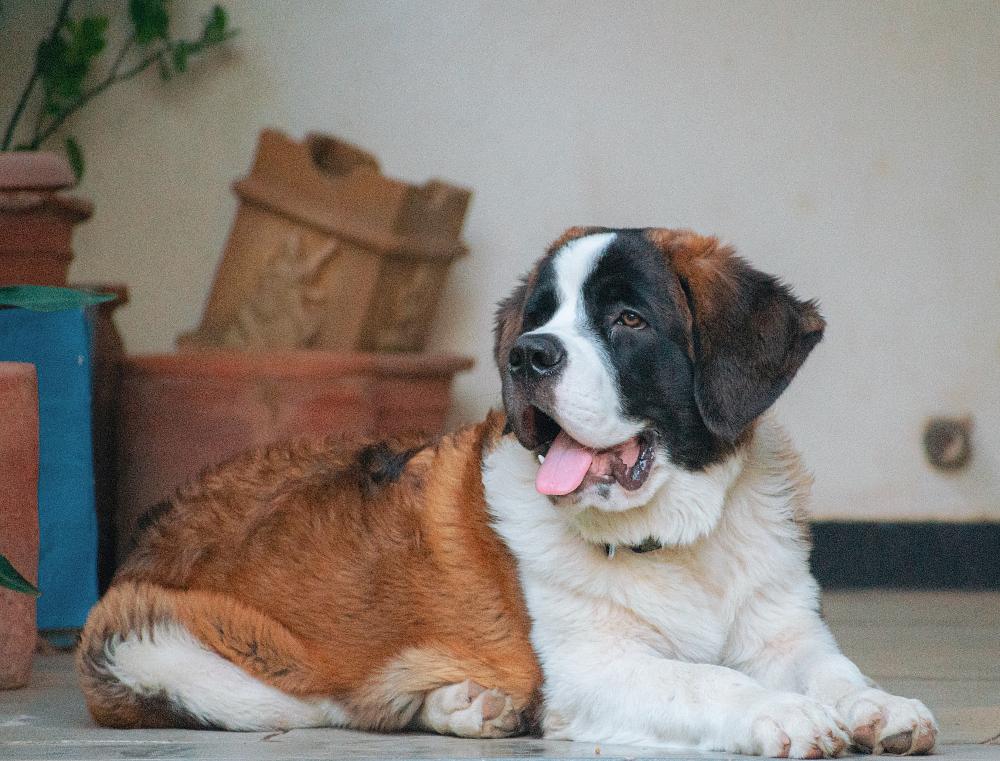
Image Credit: Photo by Siddharth Shah on Unsplash
However, the Saint Bernard has one detail associated with their breed that is not accurate: wooden casks around their necks. An 1820 painting entitled "Alpine Mastiffs Reanimating a Distressed Traveler" implemented this misconception of the species: much like old political cartoons unrightfully labeled Napoleon as being short! Artist Edwin Landseer painted this detail to add more to the painting. Little did he know that this decision would become a lasting symbol for Saint Bernard.
Akita Inu
Originating in the mountains of Northern Japan, the Akita was bred to be a hunting and fighting dog. Much prized by Japan, the Akita was made a "natural monument" in 1931. Helen Keller brought The first Akita to the United States in 1937 as a gift from the Japanese government.
The breed of Akita Inu will remain immortalized forever in the story of Hachiko, or Hachi, as he came to be called. Professor Eizaburo Ueno of Tokyo University in Japan bought Hachiko, and the two became inseparable companions. As a symbol of the loyalty Hachiko showed the professor, the dog would see him off every morning at the Shibuya Train Station and pick him up later in the day.
However, one-day, Eizaburo Ueno did not show up. He had died unexpectedly at work, unbeknownst to Hachiko. Nevertheless, Hachiko still went to the Shibuya Train Station every morning and afternoon for the rest of his 10-year life, even after moving in with one of the Ueno's gardeners.
Hachiko became a Japanese national celebrity after picking up coverage from the press. In 1934, a statue of Hachiko was placed in front of the train station, as well as a mosaic mural.
However, his story has not been confined to Japan. Hollywood has created movies about him, and a Hachiko statue was placed in Rhode Island, where the American version of the film was made.
Hachiko made the Akita Inu breed famous and will remain a symbol of loyalty and friendship forever.
Standard Poodle
While people typically think of the poodle as a pampered French lap dog, this could not be further from the truth. In reality, poodles are German, bred to be hunting dogs. Poodles became known as French after they worked poodles to be water retrievers, taking advantage of their water-resistant coat.
The name "poodle" comes from the German words Pudelhund or Pudel, which means "to splash about." Back in France, poodles were praised for their duck-hunting abilities in the water but were also used as guide dogs, guard dogs, and even circus performers. Today, like many dogs, poodles are now at-home pets, still loved, though not as active.
.jpg)
Image Credit: Photo by Steven Van Elk on Unsplash
Papillon
Originating in France and Spain, the older relative of the Papillion, the Continental Toy Spaniel, has been known since the 16th century thanks to paintings of the dogs by Vecelli. His paintings featured the hunting Spaniels of the day. However, the first Papillon with the signature pointed ears was born in the late 1800s. Whether these ears were a freak accident or were meant to be bred is unknown. Whatever the reason, today, the Papillion is known for its pointed ears, which helped it acquire the French name for "butterfly."
The Papillon breed was first used in the courts of France as companions to the wealthy, who were the only ones who could afford to have a dog as a companion. We have paintings of papillons done by artists such as Rubens, Titian, and Van Dyck of the dogs and the royal children of the 17th and 18th centuries. However, the Papillon has survived better than the families it was owned by.
Eventually, the French monarchy was overrun, and Marie Antoinette was said to have taken a Papillon with her to the guillotine. Today, the Papillon is not just in the laps of the wealthy French but spread worldwide.
Dogs have been our closest companions and helpers for centuries. From the St Bernard saving travelers in the Alps to the Poodle hunting ducks in Europe, our lives have been eased with the help of dogs. Over time, dogs have evolved their role from animals who work for their owners to friends of their owners.
The story of Hacinko is just one of many stories about dogs being by their owners' sides, even when their efforts are fruitless. By learning the history of dog breeds, we can appreciate how dogs' roles in the world have shifted over time and become the beloved pets they are today.





